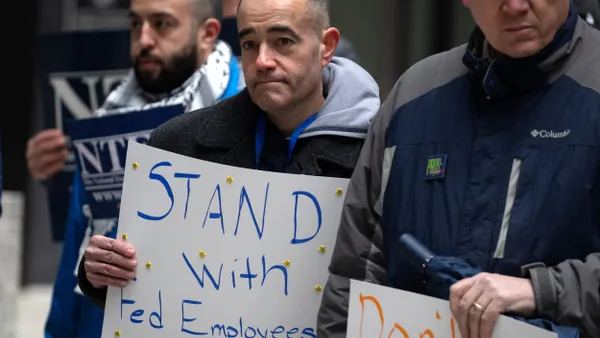Corinne Spencer and Antwoin Wall are senior and associate counsel, respectively, at Pearlman, Brown & Wax, LLP. Views are the authors' own.
In California, workers' compensation claims often lead to crossover employment actions stemming from the same set of facts. Many employers recognize how the claims can overlap, such as whether offering modified duties to an injured worker cuts off temporary total disability benefits in the workers' compensation claim, as compared to whether that determination and dialogue with the injured worker amounts to an adequate interactive process under the California Fair Employment and Housing Act ("FEHA"). However, most businesses and their insurance companies that take a narrow approach to handling workers' compensation claims can overlook the potential for significant civil exposure, including the opportunity to shut down that risk.
For example, an employee, John Doe, is called into a performance review meeting on April 10, 2021, where he learns that he is not meeting expectations. John is distraught by the news which causes him to go to the doctor. He subsequently submits a doctor's note to the employer advising that he needs a month off due to work stress. However, when John fails to submit additional leave paperwork, he is terminated prior to the end of that month. John seeks counsel and finds an attorney to file a workers' compensation claim on his behalf. He claims a continuous trauma of work stress. Early into the litigation, the defense team quickly resolves the workers' compensation claim for a minimal amount through a compromise and release agreement. John and his attorney walk away with their settlement.
A couple months later, the employer receives a demand letter from a different civil attorney alleging violations under FEHA on John's behalf. In rushing to close the file on the workers' compensation side, the potential civil exposure was neglected. Here, though John may not have had a strong workers' compensation claim, due to good faith personnel action defenses, it appears the employer failed to accommodate the month off per the doctor's note and, in terminating him, may have set up a viable disability discrimination action with liability on the derivative claims, such as failure to provide reasonable accommodations and/or failure to engage in the interactive process.
In such a scenario, there are ways to prevent crossover exposure and potential for substantial damages. First, open communication between departments such as human resources, risk management, leave of absence, workers' compensation benefits, and legal is critical. Civil exposure for businesses is often the result of the "right hand not talking to the left hand."
Here, if HR and the leave of absence departments had communicated, the team monitoring John's return-to-work status would have recognized termination may not have been appropriate. Second, all adverse actions, notably terminations or suspensions, should be reviewed with experienced employment counsel. If counsel is not available, then a trained HR professional with knowledge and expertise in employee risk management should be consulted. Indeed, the advice of counsel or senior HR management may have prevented John's termination from proceeding.
Lastly, a best practice when settling a workers' compensation claim is to secure a general civil release with separate consideration. As we know, California workers' compensation settlements need to be approved by an administrative law judge. General releases should not be presented to the ALJ approving the workers' compensation settlement as the ALJ does not necessarily have jurisdiction over claims outside of the work-related injury. Nevertheless, if a business insists on and is successful at negotiating with the injured worker and/or his counsel for a solid general release as a term of the resolution, this provides far more protection than a simple voluntary resignation. In this instance, if the defense team had secured a solid release, the employer could have presented the release to the employee's second attorney and the claims would have been "dead on arrival."
In sum, communication, coordination, and a global litigation and resolution strategy are key for businesses to identify and minimize the snowball effect that can arise out of workers' compensation claims.











